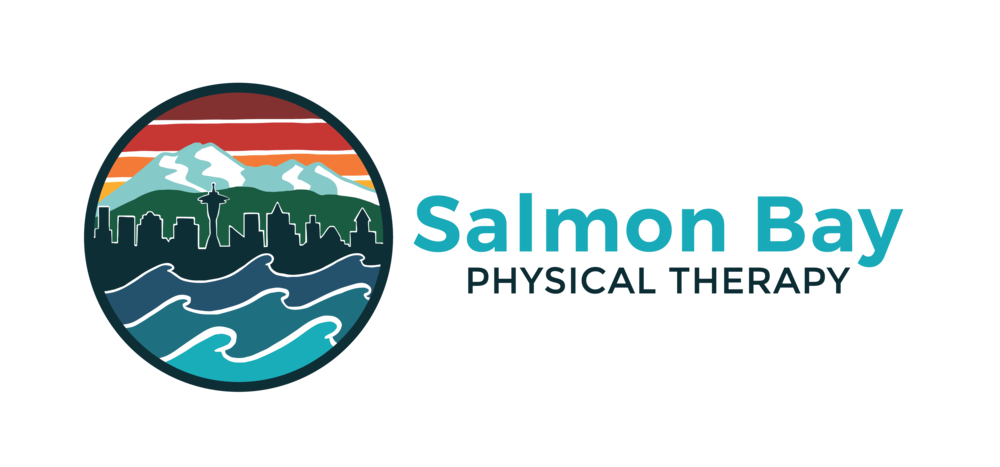Back Pain
Below are some of the most common conditions impacting the spine, as described by the American Physical Therapy Association.
Lumbago (Low Back Pain)
If you have low back pain, you are not alone. At any given time, about 25% of people in the United States report having low back pain within the past 3 months. In most cases, low back pain is mild and disappears on its own. For some people, back pain can return or hang on, leading to a decrease in quality of life or even to disability.
SCiatica
Sciatica (a.k.a. lumbar radiculopathy or radiculitis) is a condition that occurs when a nerve in your low back is injured, pinched, or compressed, causing pain or other symptoms that can extend from the low back to the hip, leg, or foot. Lumbar radiculopathy can be caused by sudden trauma or by long-term stress affecting structures in the back. It most often affects people aged 30 to 50 years. Risk factors for lumbar radiculopathy include repeated lifting, participating in weight-bearing sports, obesity, smoking, sedentary lifestyles, and poor posture. The majority of lumbar radiculopathy and sciatica cases recover without surgery, and respond well to physical therapy. Physical therapists design individualized treatment programs to help people with lumbar radiculopathy reduce their pain, regain normal movement, and get back to their normal activities.
Spinal Stenosis
Spinal stenosis is a narrowing within the vertebrae of the spinal column that results in too much pressure on the spinal cord (central stenosis) or nerves (lateral stenosis). Spinal stenosis may occur in the neck or in the low back.



